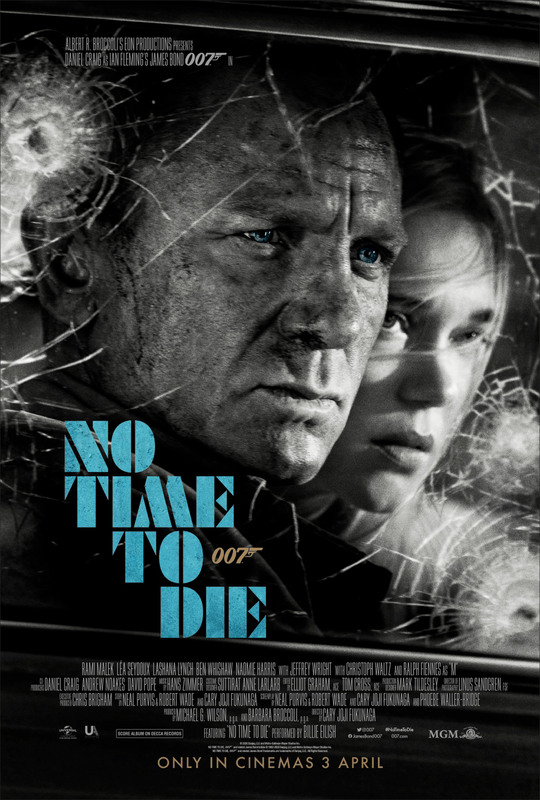
In the comment section to THIS MAY 16 POST there was a discussion about how well 2021’s No Time to Die did on its theatrical release.
I jumped in. What follows is adapted from the comment I left.
No Time to Die’s worldwide gross: $774.1 million, according to Box Office Mojo.
Studios typically keep half of the gross. The figures vary by market. In China, it’s low as 25%. Still 50% overall is considered an acceptable figure for rough calculations. That means Metro-Goldwyn-Mayer (in partnership with United Artists Releasing in the U.S. and Universal internationally) got to keep about $387 million.
No Time to Die’s production budget: A Dec. 1, 2020 U.K. regulatory filing said the budget was almost £214 million as of June 30, 2020.
Re: £214 million figure. At 2024 exchange rates, that’s about $272 million.
Post on this blog at the time:
https://hmssweblog.wordpress.com/2020/12/03/nttd-cost-approaches-290m-b25-says/
The filing figure was not the final number. But let’s say it is. That leaves NTTD ahead by roughly $115 million.
Then, there’s the question of marketing costs (not included in the production budget).
We don’t really know the marketing costs for NTTD. Typically, a big “tentpole” movie has marketing costs of $100 million or more.
With NTTD, with its multiple release dates (because of COVID-19), it *might* have been more. MGM bought an expensive U.S. commercial for the Super Bowl in February 2020. That year, the average cost of a 30-second spot for the game exceeded $5 million. That ad purchase was based on the spring 2020 release date that got postponed because of COVID. That advertisement alone put a big dent into No Time to Die’s marketing costs.
Still, let’s use the typical $100 million figure for marketing. Then NTTD was profitable in its theatrical run — but not by much. Maybe $15 million. That’s a 4% rate of return on a big investment.
Are these “back of the envelope” calculations? Of course.
But even if everything went the movie’s way, it wasn’t wildly profitable. These rough calculations leave out MGM’s borrowing costs to finance the movie.
Given some recent movie financial disasters (the fifth Indiana Jones movie, and underperforming superhero movies such as The Flash and The Marvels), that’s an accomplishment. But only to a point.
Before No Time to Die was released, MGM got gobbled up by Amazon. With that deal, MGM recouped its huge costs for the 25th Bond film made by Eon Productions.
Filed under: James Bond Films | Tagged: Amazon, Bond 25, Bond 26, Eon Productions, Metro-Goldwyn-Mayer, No Time to Die | 1 Comment »














